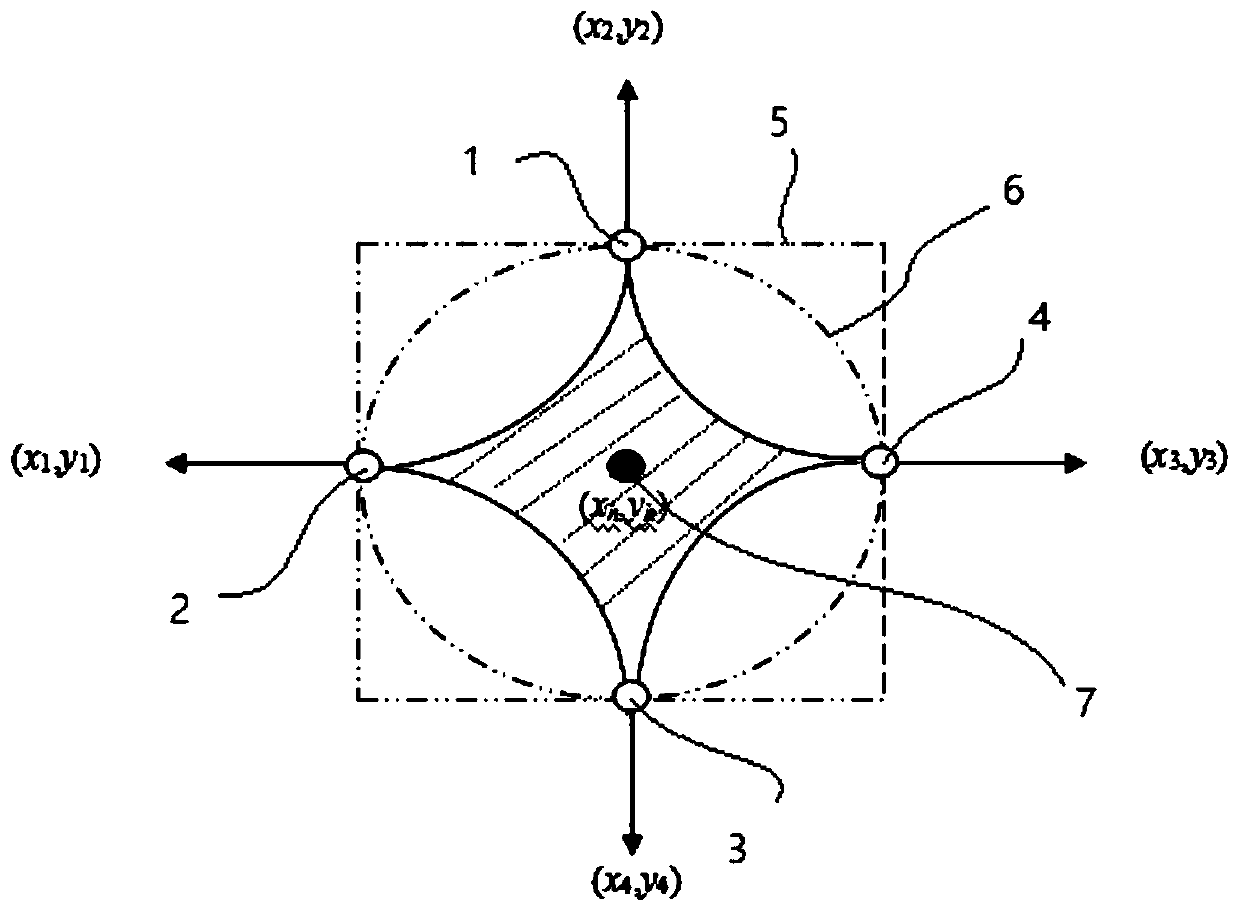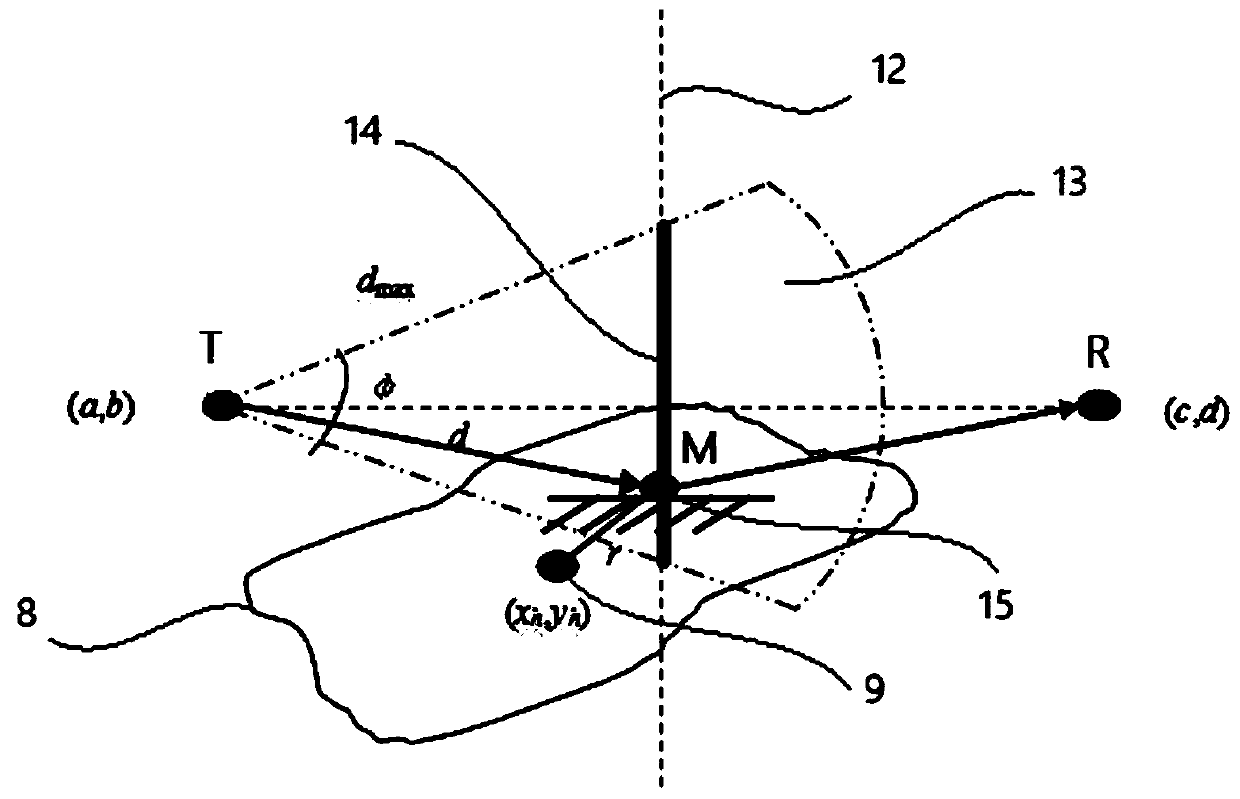Low-energy-consumption free space optical network repairing method based on reflection characteristics
A technology of free space and repair method, which is applied in the field of communication, can solve the problem of uneven energy consumption of nodes, and achieve the effect of prolonging the life cycle of the network and improving network coverage
- Summary
- Abstract
- Description
- Claims
- Application Information
AI Technical Summary
Problems solved by technology
Method used
Image
Examples
Embodiment Construction
[0029] In order to elaborate the technical content, achieved purpose and effect of the present invention, the present invention will be described below in conjunction with the accompanying drawings.
[0030] Such as Figure 1-3 As shown, this low-energy free-space optical network repair method based on reflection characteristics is implemented in the following steps:
[0031] The first step is to monitor the sub-death state of nodes and obtain node information according to the existing Heartbeat mechanism when the free space optical network is working. Node information includes node location information, node communication mode, and location information of node pairs that need to communicate through the node. The node pair refers to the source node and the next-hop destination node that need to transmit information through the sub-dead node.
[0032] In the second step, when the sub-dead node is completely dead, the type of the dead node is determined according to the commun...
PUM
 Login to View More
Login to View More Abstract
Description
Claims
Application Information
 Login to View More
Login to View More - R&D
- Intellectual Property
- Life Sciences
- Materials
- Tech Scout
- Unparalleled Data Quality
- Higher Quality Content
- 60% Fewer Hallucinations
Browse by: Latest US Patents, China's latest patents, Technical Efficacy Thesaurus, Application Domain, Technology Topic, Popular Technical Reports.
© 2025 PatSnap. All rights reserved.Legal|Privacy policy|Modern Slavery Act Transparency Statement|Sitemap|About US| Contact US: help@patsnap.com



